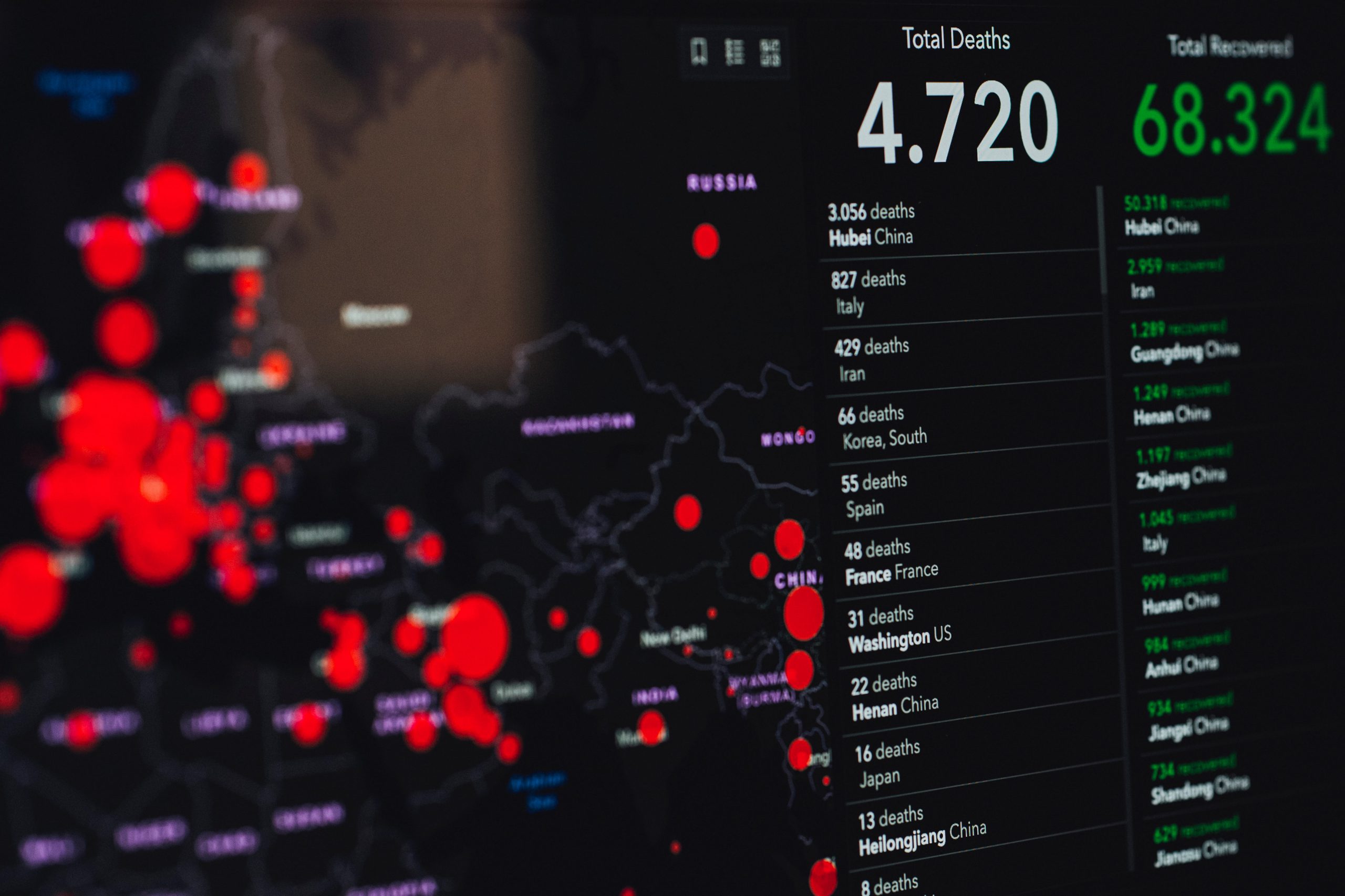Within the past few months alone, the world has undoubtedly experienced a great amount of change in the way it works because of the rise of the Novel Coronavirus, which is COVID-19. As businesses and industries alike continue to go through rough patches, and consumers are now more fearful of leaving their homes, the virus has caused life as we know it to drastically change.
With more and more people awaiting the latest developments on the virus and a few solutions being developed, many have taken matters into their own hands by staying away from all forms of contact. In these extraordinary times, humanity itself is experiencing a great shift as it continues to adjust to a “new normal” where physical contact is no longer possible, and interaction is put to an absolute minimum.
Amidst all the various topics regarding the coronavirus pandemic that have come to light in recent times, many have turned their attention towards the concept of flattening the curve.
The importance of flattening the curve
Now that life all over the world—especially in America—has grounded to a complete halt, establishments, state and federal governments, and citizens have shifted their focus towards reducing the spread of the virus.
Best defined as an effort towards spreading the rate of transmission at a rate that a country’s healthcare infrastructure can handle, flattening the curve is the best solution at the moment because there are still no vaccines and cures. According to Dr. Nancy Gin, who is a medical director of quality and clinical analysis at Kaiser Permanente, she believes that the goal everyone must strive for is to reduce the spread, especially since America currently has the most cases.
Gin further emphasized the importance of such a practice, saying: “People need to realize their actions now determine how this will affect the community.” In terms of doing one’s part in ensuring one’s own safety and that of those around them, the Kaiser Permanente stalwart said: “The thing for me is that as a society, it is our duty to look after people at higher risk and protect them.”
It may seem like a meager effort at first, but the task of limiting interactions between people and consciously flattening the curve has allowed countries like Taiwan and South Korea to keep the Coronavirus at bay.
How the practice manifests
One of the most significant manifestations of flattening the curve can be seen on American soil is the cancellation of mass gatherings and events. Given that they involve thousands of points of contact in a relatively small space in a short amount of time, it is the best practice to cancel events altogether so that any unintended or unaware transmission can be prevented effectively.
In spite of the current alarm raised over the Coronavirus, many Americans have turned towards resisting enforced laws as a withdrawal symptom from the very lives they used to live before the outbreak, which definitely is a cause for concern. With lawmakers and authorities rushing to keep the virus under control, it is best to assume that stricter parameters and guidelines will be enforced to hold down the virus by flattening the curve.
If you want to stay up to date with the latest news in the healthcare industry, subscribe to Dose of Healthcare today!


















